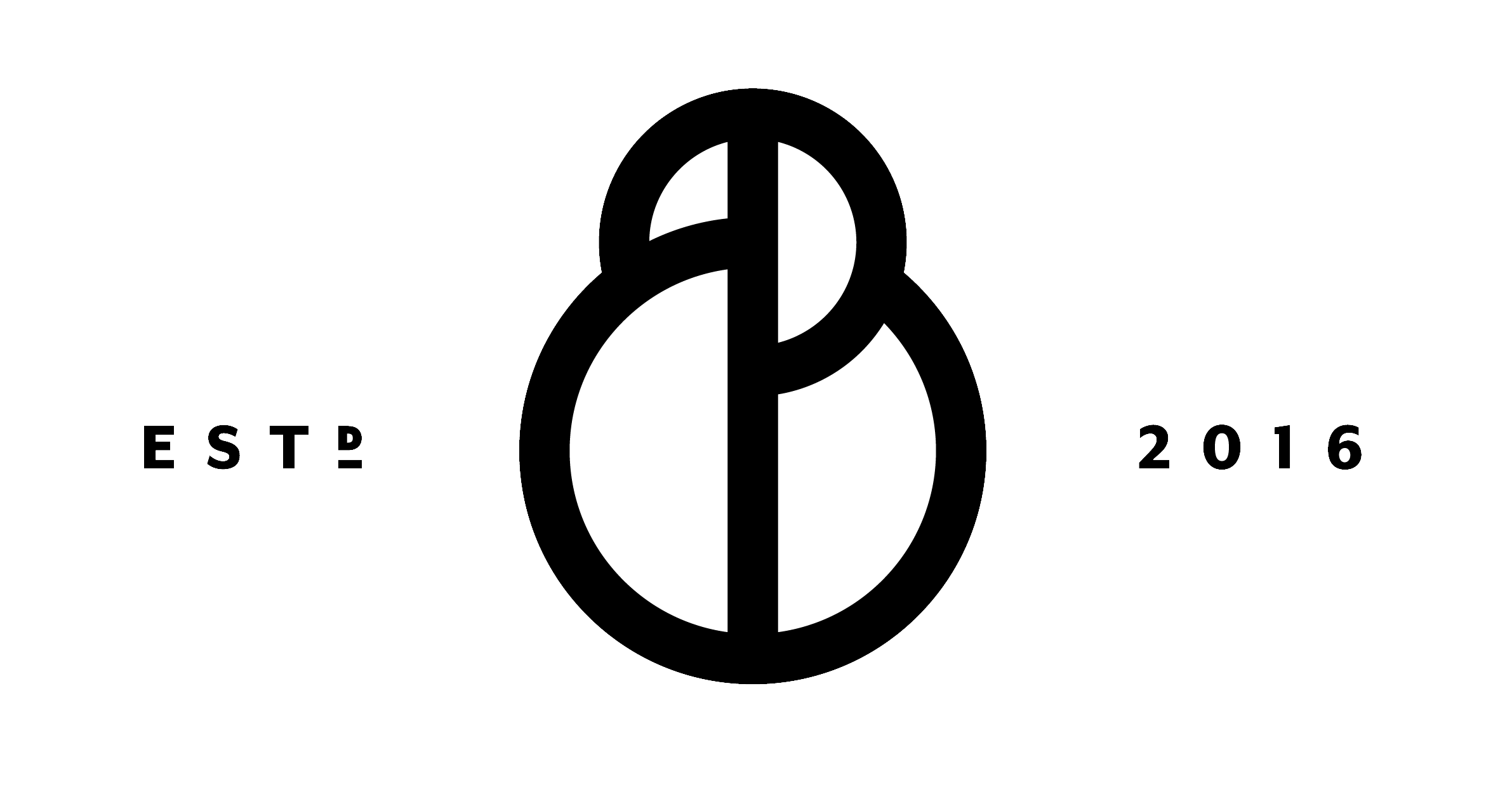The truth about Brazilian Coffee
Brazilian coffee is one of the world’s most popular coffees.
Without a doubt there is one country that matters more than any other when it comes to coffee: Brazil. This seems like a bold statement, but in this blog, we are going to explore why that really is the case.
In regards to Brazilian coffee, why is Brazil so important to coffee and coffee so important to Brazil?
If you wanted to go from the furthest northern point of Brazil to its Southern tip you would have to travel 2,700 miles. That is the same distance as Land’s End to John O Groats, three times over! Brazil is simply massive.
The regions growing Brazilian coffee
In fact, the two main coffee growing states of Sao Paulo and Minas Gerais are approximately the size of the UK and France. It is the great size of coffee growing areas that have given rise to huge farms like Ipanema and Daterra, which stretch as far as the eye can see. In fact, these are some the largest farms in the world, producing around the same amount as the whole country of Nicaragua. Brazil as a country is hands down the largest coffee exporter in the world and has been for almost two centuries.
The size and scale of Brazilian coffee
This dominate position in size and scale is very important, because whatever happens in Brazil reverberates around the world. When cold climate and frost killed off the 1975 Brazilian coffee harvest, prices on the international market soared. Once again, when there was a drought in 1986 prices went so high that the coffee farmers of Sao Gabriel da Palha in Espirito Santo State - who in the past would hire an old bus for their annual 400-mile pilgrimage to the shrine of Our Lady of Aparecida - chartered a plane to take them to Rome for their yearly pilgrimage. (https://www.nytimes.com/1986/02/17/business/coffee-price-boom-stirs-fear-in-brazil.html)
In the past few years, the opposite of these stories has been the case. While global coffee prices are going up, overall, the cost of coffee on the global stock market has been very low – unsustainably low. These cheap prices are largely due to Brazil producing more and more coffee and the value of the local Brazilian Real being so low. When coffee is cheap in Brazil, it’s cheap everywhere.
Brazilian coffee and the role it played in the formation of instant coffee
Few people know but actually it was during one of these times of oversupply that instant coffee was invented. In 1929, the Brazilian government contacted Nestle, the all famous food manufacturer, and asked them to come up with a sort of ‘coffee stock cube’ to help use up their surplus. In fact, what came out of this (after six years) was instant coffee!
Instant coffee and cheap price – these don’t really sound like something for us at Boun Beans. We pride ourselves on quality and luxury. However, we do buy Brazilian coffees! This is because over the last twenty years or so, a lot has been changing in Brazil.
Historical pricing in the brazilian coffee market
There’s been an exciting wave of charge coming over this country from its’ small to large growers. In 1999, the SCA and ICO put on the first ever coffee quality competition in Brazil. It was a precursor to the Cup of Excellence and it totally reformed how roasters though of Brazilian coffees. There was a sudden realization that Brazil could produce exotic and exciting fruity coffees. This epiphany caused roasters and coffee producers alike to begin innovating and working hard to grow, harvest and produce coffee in way that lead to better flavours and higher prices. In that first year of the competition the winning lot sold for just $5.80 per kg; fast forward to 2020 and the top Brazilian coffee of the year sold for almost $90 per kg! In fact, our current Brazilian Yellow Catuai comes from Claudio Estate, a former winner of this very competition (https://bounbeans.com/store/brazilyellowcat). If you haven’t had high quality Brazilian coffees, please try our Claudio Estate. It is a beautiful coffee and an example of the hard work and care that producers are putting into their coffees these days.
How to enjoy brazilian coffee
Due to the wide variety of brazilian coffee produced, and, the level of expertise in producing the coffee demonstrated by the staggering production numbers, brazilian coffee can be enjoyed in many ways. It’s quite versatile. To begin with, a single origin brazilian coffee like our catuai, can be enjoyed as an espresso or filter. You will also find that many roasters use brazilian coffee as a base blender - i.e. one of the key ingredients of their blends. So, you might see roasters advertising a coffee blend containing three origins, perhaps a costa rican, kenyan and brazilian, or ethiopian, brazilian and colombian, each with varying percentiles (40% brazilian, 40% colombia and 20% ethiopian for example*). This indicates the how far brazilian coffee has come in that it can be enjoyed as single origin or blended to perfectly complement other coffee origins.
*coffee blend figures given above are hypothetical


